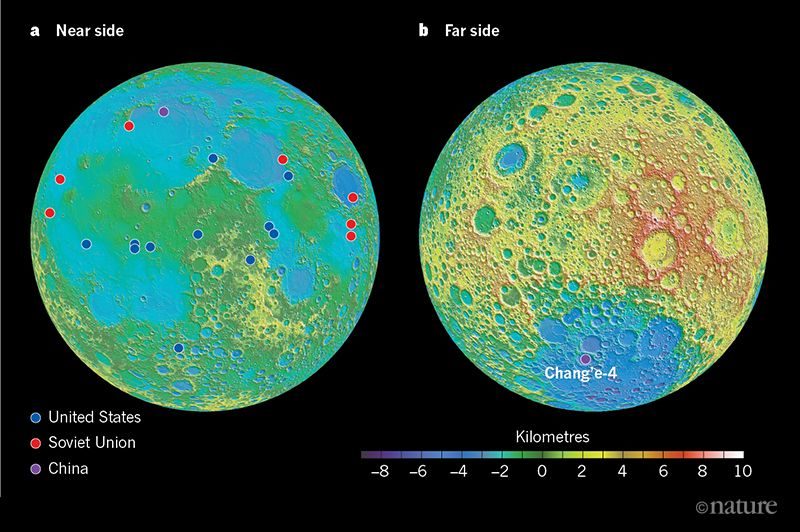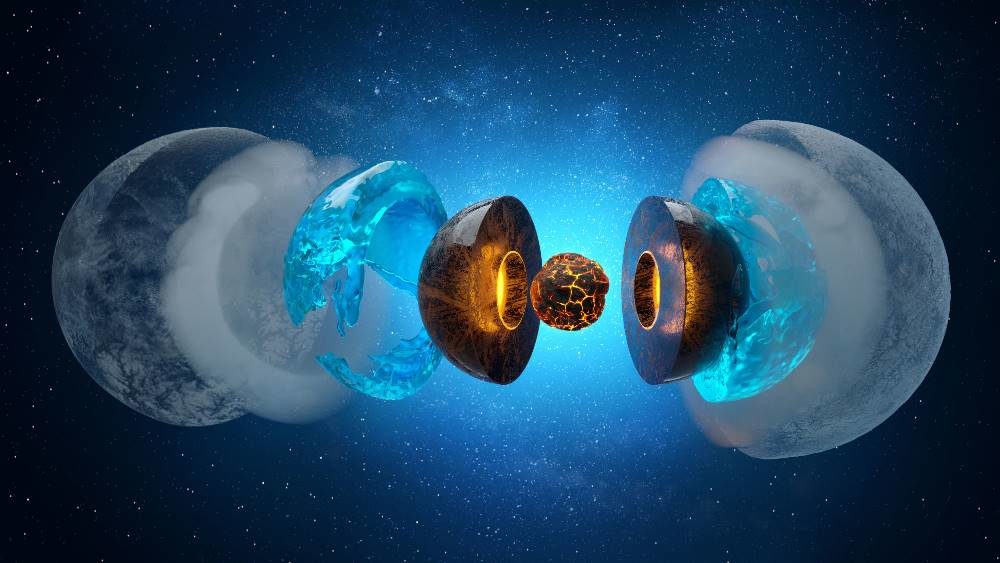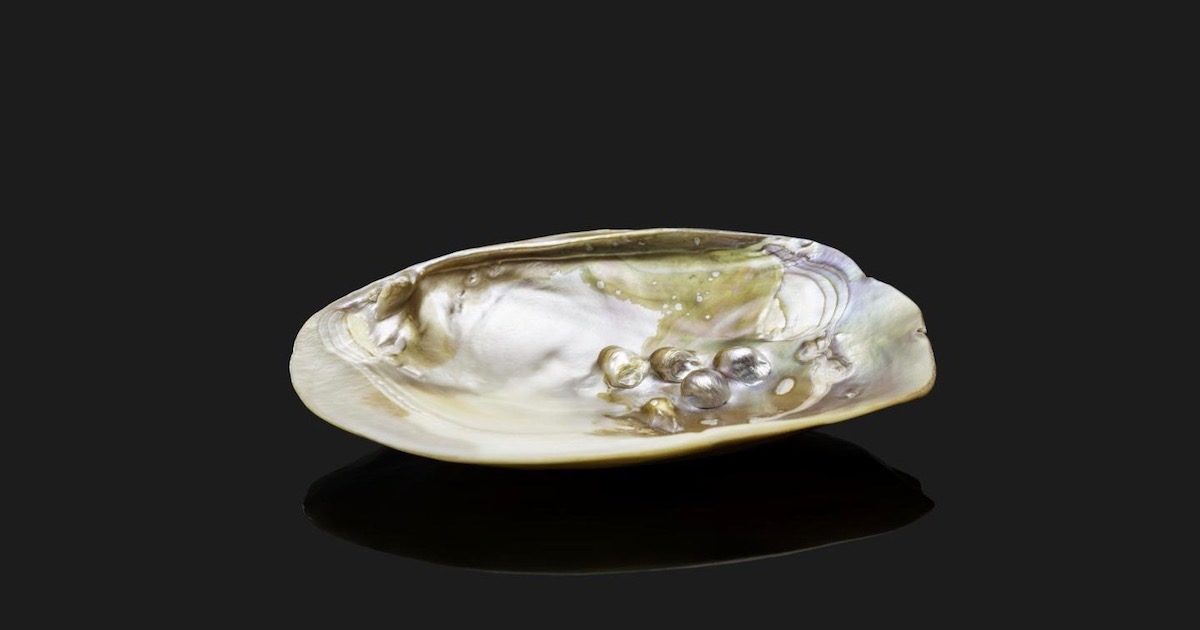
Figure 1 | Successful soft Moon landings and lunar topography. a, Previous missions to the Moon have landed on the near side. The coloured dots represent landing sites of spacecraft launched by various countries. The colour scale depicts the altitude of the lunar surface. b, In January, the Chinese spacecraft Chang’e-4 made history by landing in a large impact crater on the Moon’s far side. Li et al.1 use spectral observations by Yutu2, Chang’e-4’s rover, to identify possible mantle-derived materials. The locations of past lunar landings are taken from go.nature.com/2vcecx7.
The Moon is a small planetary body that has separated into
a crust, a mantle and a core, but has not been disturbed by plate tectonics. It is therefore of tremendous value for understanding the evolution of planetary interiors. However, the composition of the lunar mantle remains uncertain. In January, the Chinese spacecraft Chang'e-4 landed in a large impact crater on the far side of the Moon and deployed its rover, Yutu2. Writing in Nature, Li et al.
1 use spectral observations by Yutu2 to infer the presence of olivine and low-calcium pyroxene - minerals that might have originated in the lunar mantle.
Similar to the other inner bodies of the Solar System, the Moon is thought to have gone through a magma-ocean phase, in which it was partially or completely molten
2,3. As the magma ocean solidified, dense mafic (rich in magnesium and iron) minerals such as olivine and low-calcium pyroxene crystallized at the ocean's base. After three-quarters of the ocean had solidified, less dense minerals such as plagioclase (aluminium silicate) floated to the surface, which led to the formation of a highland crust composed mainly of calcium-rich plagioclase. And at the end of the ocean's solidification, minerals enriched in elements that were the last to enter the solid phase crystallized beneath the crust. This process therefore induced radial stratification - a series of compositionally distinct layers - in the lunar interior.





Comment: See also: